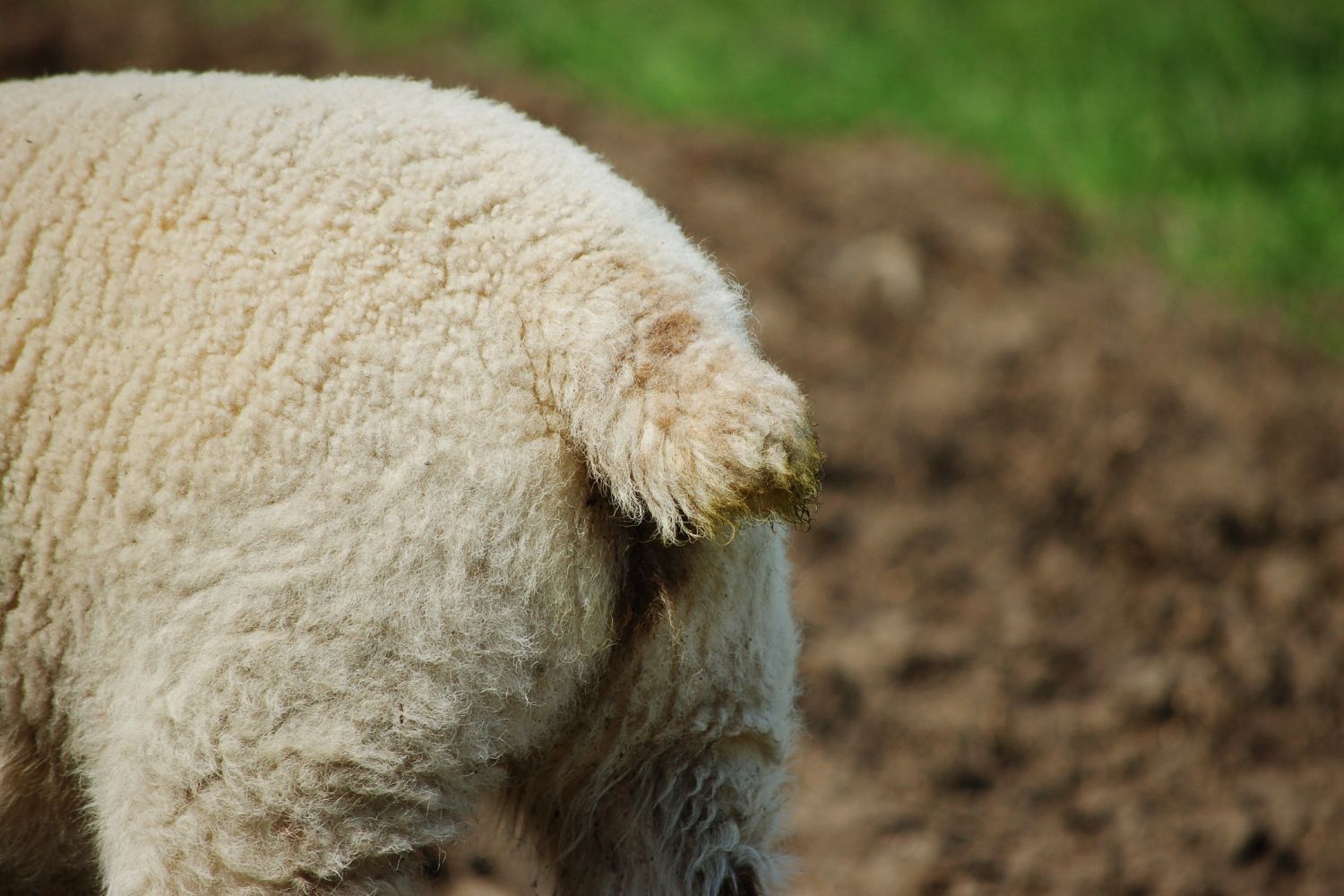Tailing Lambs
Tailing (also referred to as Docking) is an essential husbandry practice in sheep farming that involves removing the tail of young lambs for various reasons, including hygiene, health, and management purposes.
I use the constricting rubber ring procedure to safely and efficiently tail your lambs. Services are tailored to meet your specific needs and requirements, ensuring optimal results for your flock. All procedures are conducted in accordance with appropriate guidelines and regulations, taking age, size, and breed of the lambs into account.
Tailing with Rubber Rings:
The rubber ring method is a commonly used technique for tailing lambs. It involves the application of a small, specially designed rubber ring around the lamb's tail, which restricts blood flow to the tail. Over time, the tail becomes necrotic and falls off, usually within two to three weeks.

Benefits of Tailing Lambs:
Hygiene and Prevention of Fly Strike: The primary reason for tailing lambs is to improve hygiene and prevent fly strike. By removing the tail, which can accumulate fecal matter and moisture, the risk of flies being attracted to the area is significantly reduced. Fly strike can lead to severe health issues for sheep, including infections and potential death, so tailing helps mitigate this risk.
Reduced Faecal Contamination: The presence of a tail can make it easier for faecal matter to accumulate around the sheep's rear end. This can create an unclean environment and increase the chances of bacterial growth and disease transmission among the flock. Tailing removes this potential source of contamination, promoting better flock health.
Improved Lamb Survival Rates: Tailing can contribute to improved lamb survival rates. By reducing the risk of fly strike and related infections, lambs are less prone to health issues that could lead to mortality. This can positively impact the overall productivity of the flock.
Easier Flock Management: Tailed lambs are generally easier to handle and manage. Without a tail, there are fewer protrusions or obstacles that could catch on fences or equipment, reducing the risk of injury or entanglement.
